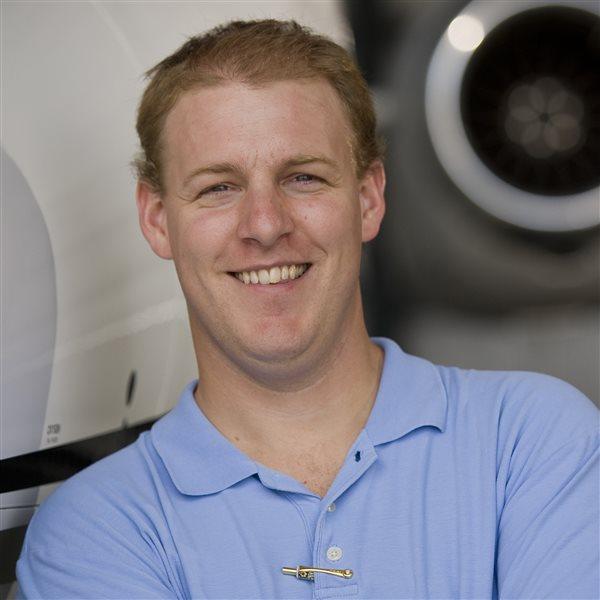There’s a saying in aviation that you’re better off on the ground wishing you were in the air than in the air wishing you were on the ground. This apothegm, which may be trite, shouldn’t be disregarded. It’s actually a clever introduction to risk management.
The FAA says we should learn aeronautical decision making as a path to safer flying. This complex web of crew resource management, hazardous attitudes, and multiple personal and outside-factor checklists no doubt came from a meeting where middle managers sat together tasked with a goal of making their individual efforts “synergize” in a way that affected safety.
What they came up with is, according to the Pilot’s Handbook of Aeronautical Knowledge, “a systematic approach to the mental process used by pilots to consistently determine the best course of action in response to a given set of circumstances.” What the FAA has developed, at least in this important textbook, is 32 pages of charts, studies, and models that are difficult to understand and even harder to implement.
Approaching safety in terms of risk management is more effective, and frankly a lot clearer. Simply identify the risks, both personal and external, and mitigate them. John and Martha King are longtime champions of this method, and they are on to something. In short, they admit that flying has risks, and it’s our jobs as pilots to be honest with ourselves as to what those risks are if we are to avoid or deal with them. They developed the CARE checklist (Consequences, Alternates, Reality, External pressure) as a way to help. The AOPA Air Safety Institute also has recently been instructing pilots to view mistakes as “learning in progress” so they may better identify, assess, and mitigate risks.
Experience is always the best teacher—one that comes with a knuckle-busting ruler. Learning through scenarios and study is safer, and more complete. Most risks can be taught while learning to fly, as can the mitigation strategies. But even then, it can be hard to take that training to the real world. That’s where trite expressions become flying Confucianism.
I used to dismiss these expressions as tired and overused. But some transcend. Being on the ground wishing you were in the air is a great example. It’s almost too obvious, until you consider the scope.
Over the holidays we were driving through central Pennsylvania on our way to Christmas number two. I had made the decision not to fly pretty much as soon as the vacation was planned. Pennsylvania in December can feel like Tierra del Fuego, so being able to count on flying is a rarity. It hurt to embark on a six-hour drive instead of what could have been an hour flight. I kept checking the weather, questioning my decision. Then at some point you realize the decision to drive is never wrong—but being up there, wishing you were down here, can be.
Learning from the experience of others—whether through expression, risk teaching, or technique—beats a 32-page book any day.



